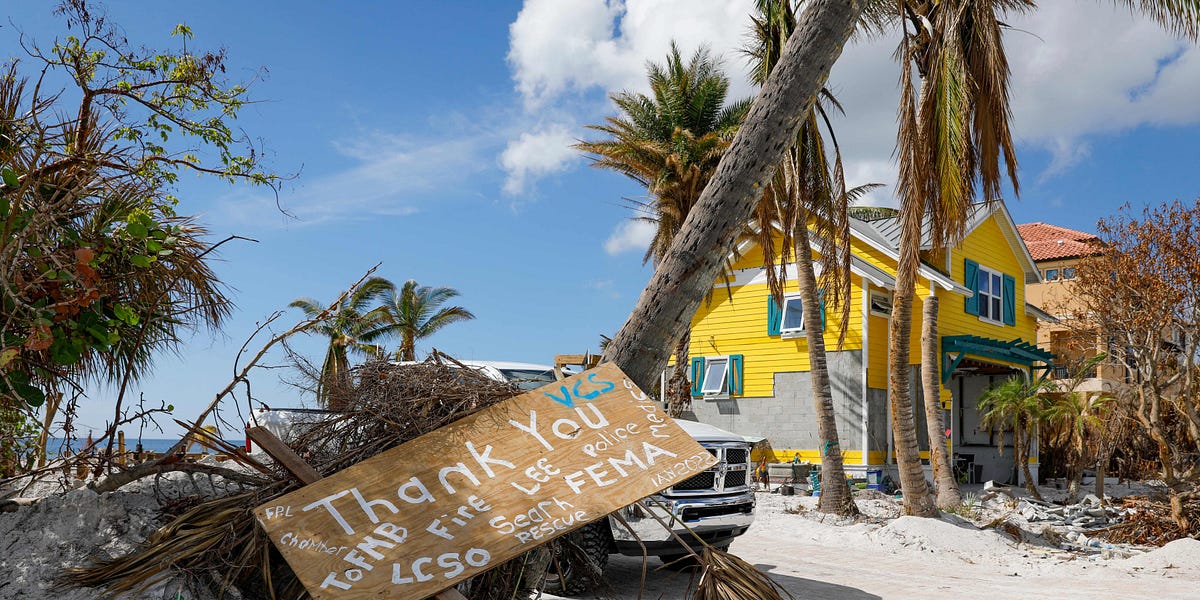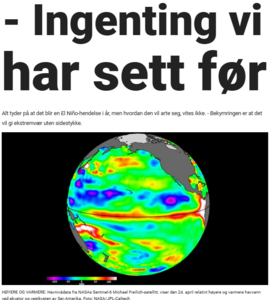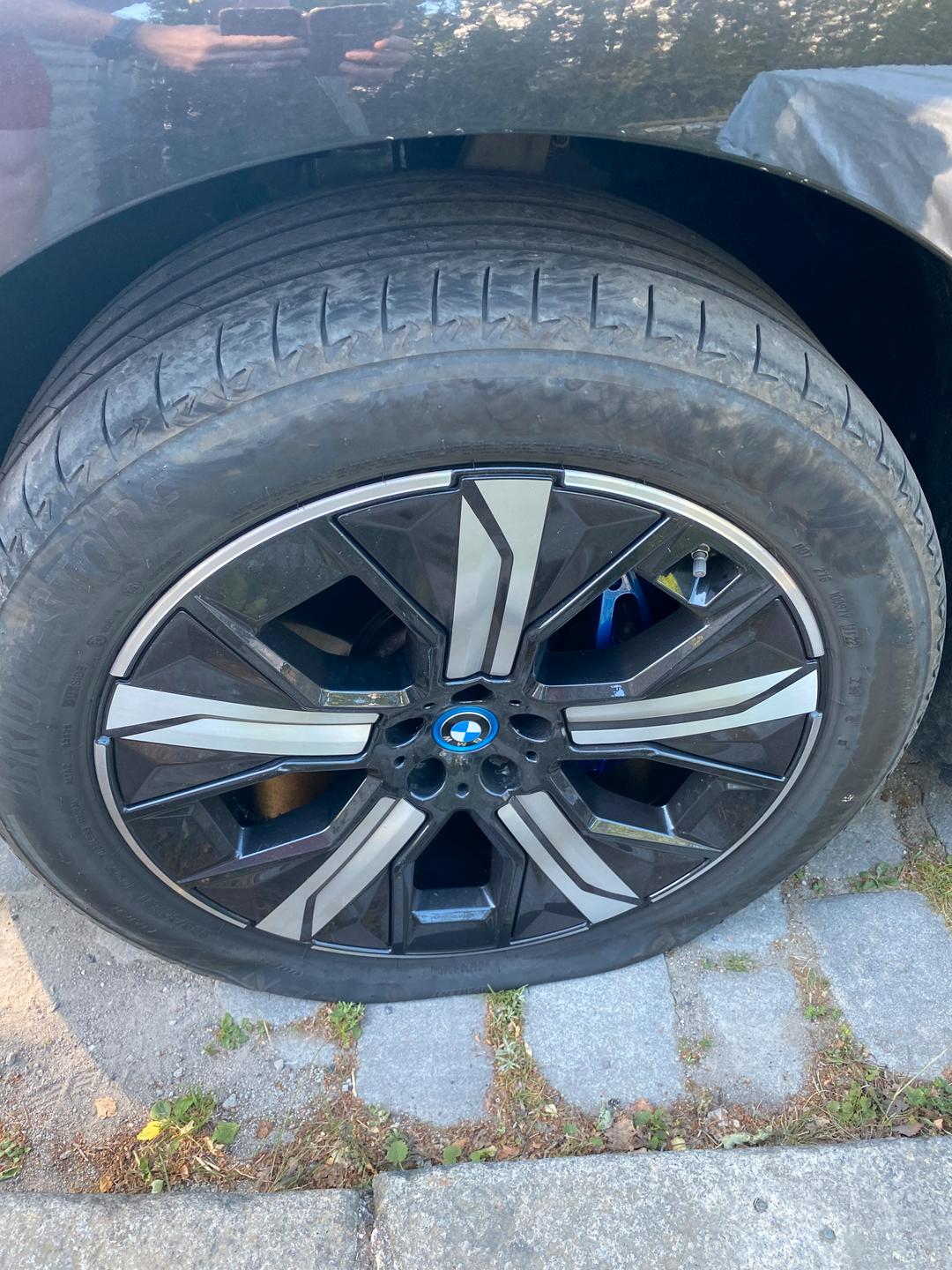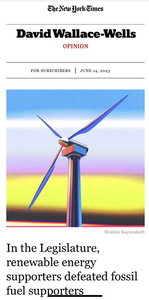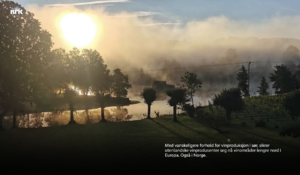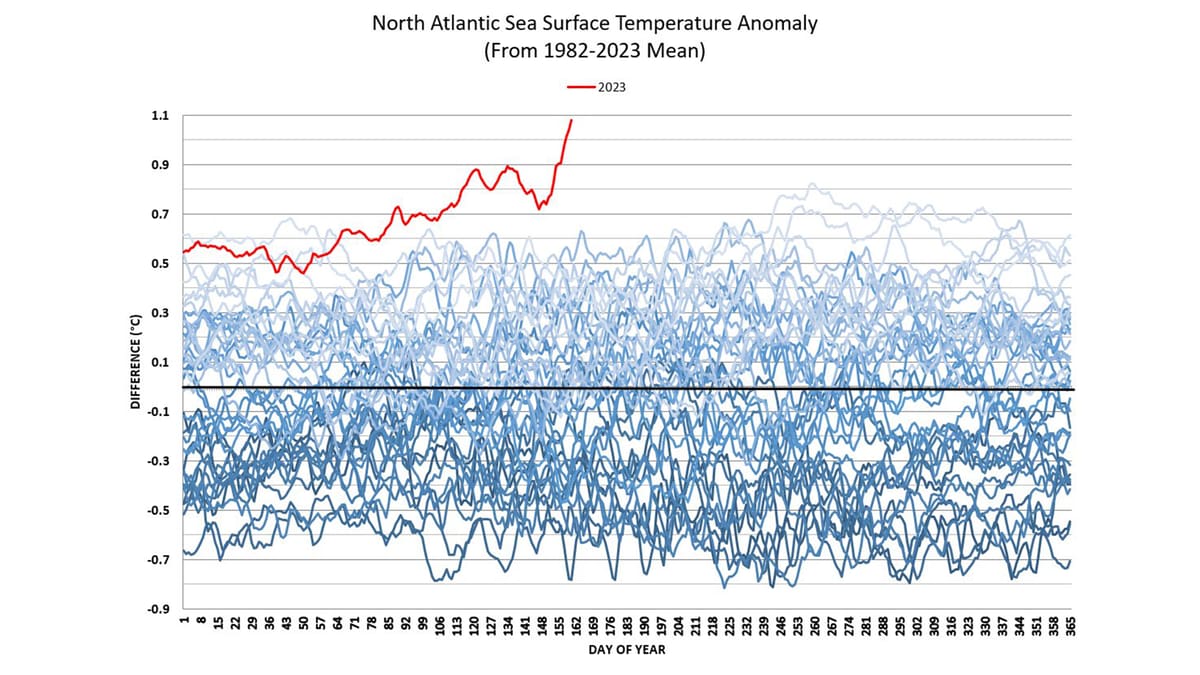Litt mer ifra LinkedIn

Oscar L. MartinOscar L. Martin• 2
Follow
Is Nuclear Too Slow to Deploy Compared to Wind and Solar? This is a misconception that ignores the scale, reliability, and efficiency of nuclear power plants compared to intermittent sources. In fact, nuclear energy can increase the annual generation about three times faster than adding solar or wind.
COMPARING MEGAPROJECTS
Solar and wind can be quick to build when no large power lines are required and the total capacity is small. But since the trend is to build a massive capacity of solar and wind, let’s compare large nuclear, wind and solar megaprojects:
 Barakah nuclear plant in UAE: 11 Years to build 5400 MWe (100% of the expected nameplate capacity)
Barakah nuclear plant in UAE: 11 Years to build 5400 MWe (100% of the expected nameplate capacity)
 Gansu Wind Farm in China: 14 years to build 10000 MWe (50% of expected nameplate capacity)
Gansu Wind Farm in China: 14 years to build 10000 MWe (50% of expected nameplate capacity)
🪟 Longyangxia solar farm in China: 9 years to build 8430 MWe (44% of expected nameplate capacity)
COMPARING ANNUAL GENERATION
Let’s compare how much energy they generate per year:
 Barakah at 92% capacity factor will generate 43.75 TWh per year
Barakah at 92% capacity factor will generate 43.75 TWh per year
 Gansu at 21.7% capacity factor will generate 19 TWh per year
Gansu at 21.7% capacity factor will generate 19 TWh per year
🪟 Longyangxia at 15% capacity factor will generate 11.1 TWh per year
COMPARING DEPLOYMENT SPEED
So if we divide the additional annual generation by the time it takes to build:
 Barakah: 43.75 TWh / 11 yr = 4 TWh of new annual generation per construction year.
Barakah: 43.75 TWh / 11 yr = 4 TWh of new annual generation per construction year.
 Gansu: 19 TWh / 14 yr = 1.36 TWh of new annual generation per year construction year.
Gansu: 19 TWh / 14 yr = 1.36 TWh of new annual generation per year construction year.
🪟 Longyangxia: 11.1 TWh / 9 yr = 1.23 TWh of new annual generation per construction year.
Clearly, nuclear increases the amount of energy generated by the grid three times faster than installing turbines in a massive wind farm or PV panels in a solar mega farm.
Naveesh Reddy provides an insightful analysis here (https://lnkd.in/gqEY3aHj) considering additional factors such as the difference in the operating time between nuclear (60-80 yr) vs wind or solar (20-30 yr). He also notes that In the past 11 years no country, except for USA or China, had deployed either wind or solar with annual generation over that of two Barakah NPPs (2x5400 MW).
The takeaway is clear. Nuclear takes time to build because it is a massive infrastructure only comparable to dams, but three times faster to deploy when comparing it to massive wind or solar projects.
Did we bet on the wrong horse?
Activate to view larger image,

Activate to view larger image,

Oscar L. MartinOscar L. Martin• 2
Follow
Is Nuclear Too Slow to Deploy Compared to Wind and Solar? This is a misconception that ignores the scale, reliability, and efficiency of nuclear power plants compared to intermittent sources. In fact, nuclear energy can increase the annual generation about three times faster than adding solar or wind.
COMPARING MEGAPROJECTS
Solar and wind can be quick to build when no large power lines are required and the total capacity is small. But since the trend is to build a massive capacity of solar and wind, let’s compare large nuclear, wind and solar megaprojects:
🪟 Longyangxia solar farm in China: 9 years to build 8430 MWe (44% of expected nameplate capacity)
COMPARING ANNUAL GENERATION
Let’s compare how much energy they generate per year:
🪟 Longyangxia at 15% capacity factor will generate 11.1 TWh per year
COMPARING DEPLOYMENT SPEED
So if we divide the additional annual generation by the time it takes to build:
🪟 Longyangxia: 11.1 TWh / 9 yr = 1.23 TWh of new annual generation per construction year.
Clearly, nuclear increases the amount of energy generated by the grid three times faster than installing turbines in a massive wind farm or PV panels in a solar mega farm.
Naveesh Reddy provides an insightful analysis here (https://lnkd.in/gqEY3aHj) considering additional factors such as the difference in the operating time between nuclear (60-80 yr) vs wind or solar (20-30 yr). He also notes that In the past 11 years no country, except for USA or China, had deployed either wind or solar with annual generation over that of two Barakah NPPs (2x5400 MW).
The takeaway is clear. Nuclear takes time to build because it is a massive infrastructure only comparable to dams, but three times faster to deploy when comparing it to massive wind or solar projects.
Did we bet on the wrong horse?
Activate to view larger image,

Activate to view larger image,
-
40André Wakker, Ph.D. and 39 others







